How to Write a Hub using a Mindmap
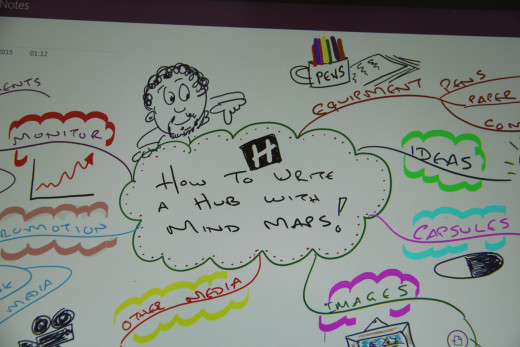
Have you ever researched a really interesting topic for a Hub and become so overwhelmed by the amount of information that you have collected that you go off the idea?
It is easy to end up with pages and pages of text which you end up tearing your hair out trying to organise into a logical order.
One solution is to use the technique of mind mapping. I have been a fan of this creative, organic way of structuring ideas for over 25 years and have recently applied it to writing my Hubs.
As Hub authors we are creative types and one idea will often spark off another and then another and before long we end up overloaded with information which becomes too unwieldy to manage. We then spend hours trying to wade through it to distil the salient points and organise it into a logical flow which is time consuming, boring and destructive to the creative juices. Often the task becomes too daunting and what was once a great idea gets consigned to the ‘to do’ pile. How many half-started Hubs are sitting on hard drives around the world because the author’s initial enthusiasm has been depleted by the overwhelming amount of information you have unearthed in the research phase?
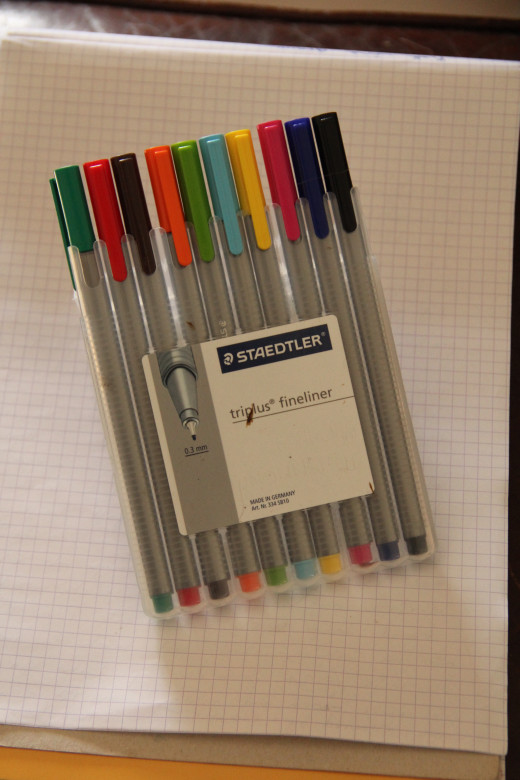
So what exactly is a Mindmap?
Also known as Spider diagrams, Mindmaps are simply a graphical way of organising information. They can be as simple or as complex and you want to make them. There are dozens of fancy pieces of computer software on the market which will produce them for you, and I have tried many of them, but in my opinion for spontaneity and speed you cannot beat the old fashioned ‘analogue’ method with pen and paper.
I get bored very quickly with computer programmes which are too faffy and it is easy to waste hours on messing around trying to put a word on a computer screen where it doesn’t want to go, at the expense of generating ideas and creativity.
Here is my current Mind Map outfit, a pack of fine nibbed coloured pens and a pad of paper. (Although the eagle-eyed amongst you will soon spot that the Mindmaps shown in this Hub were drawn on my Tablet.)
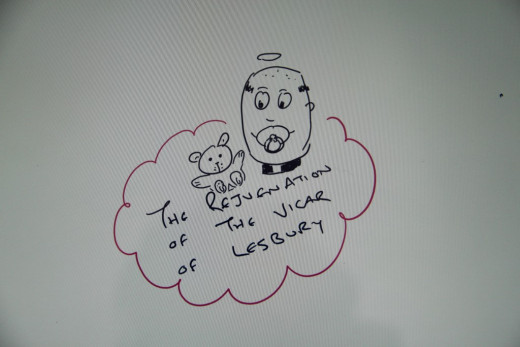
So How do I Start?
Ok in a nutshell the concept is really simple. You write the subject of your Hub in the middle of a clean sheet of paper – draw a frame around it and if you want illustrate it with a little picture. This helps the creative juices flow and makes the process fun. Then just start to think about the various different component parts that make up the subject or that you want to include in the hub.
Pick up a coloured pen and draw your first line writing a heading along the line. This is going to be best illustrated if I use an example.
I recently came across the story of the miraculous rejuvenation of a 17th century country vicar which I though would make a good Hub.
So I start off with a central image- forgive the irreverent drawing!.....
...then start to map the strands which come off the central them which will help you structure your Hub and may even appear as headings for each capsule. Here I started with his early life...
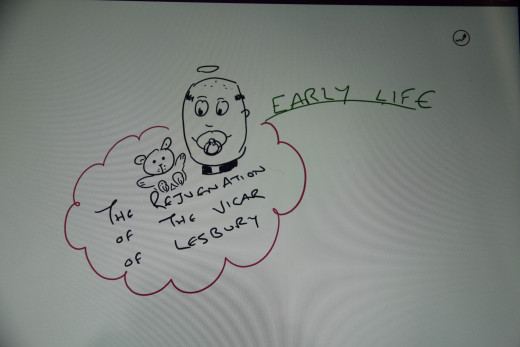
His 'Early Life' strand has other sub-headings coming off it might include things like...
- where he came from,
- when he was born,
- where he was educated
- anything known about his family.
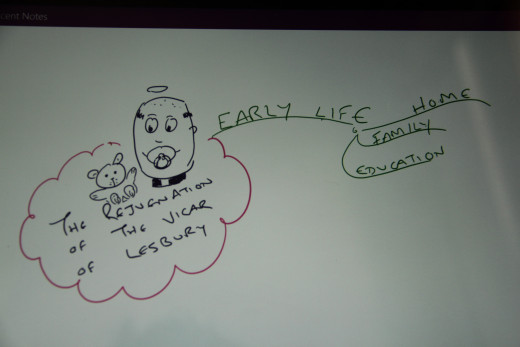
Then in a different colour jump across to draw in a new strand about his death..
- when did he die?
- how did he die?
- where is he buried? etc etc
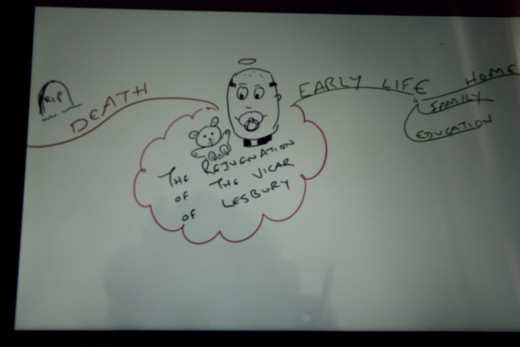
In between the birth and death, what were his notable achievements?
In his case he ministered to victims of the Great Plague in 1665 at a time when they were complete social pariahs surrounded by people waving bells and shouting ‘Unclean!’ He also made a stand against the church on tithes which was radical in its day.
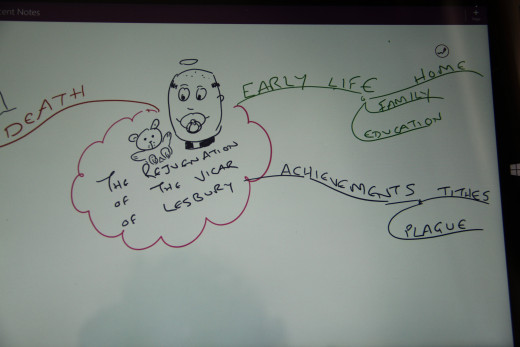
Then another new strand about the village of Lesbury itself. I’d never heard of it so I suspect most of the readers will be in a similar position.
- Where is it?
- Is his church still there?
- Are there any good photos or maps I could use to illustrate the Hub?
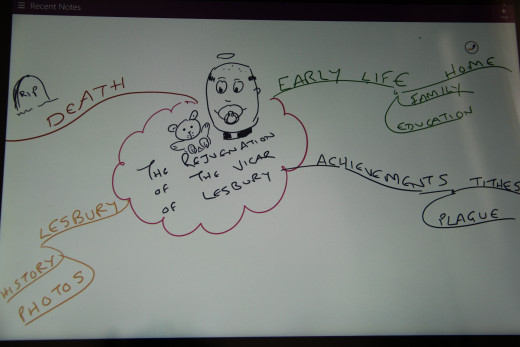
Then on to the main body of the story- his rejuvenation. What were the ‘symptoms’ for want of a better word. The research tells me that at the age of 80 he regained his hair, teeth, sight, hearing and vitality and lived for another 50 years so most of my Hub would be discussing this aspect of his life.
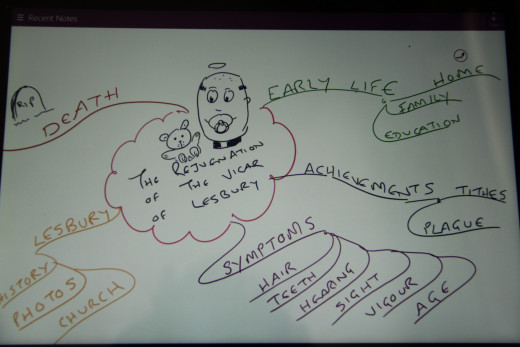
This simple Mindmap gives you a simple but solid structure to now begin to write your Hub. You can number your strands if you wish once you have chosen which in which order you will write them up.
To give you another quick illustration, I recently had an idea I wanted to write an article about the death and grotesque burial of William the Conqueror and after a bit of research this was the Mindmap which resulted that I then used to structure the Hub.
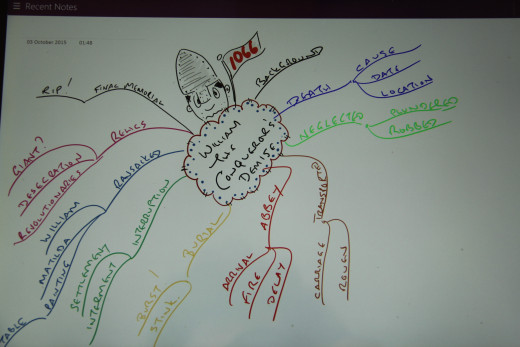
Although in this Hub I have focused on using Mindmaps to structure the evidence you have already gathered, they are of course just as valuable before you’ve started collecting information to help give you a steer on which way to go with your research.
A few Dos and Don'ts to finish off..
- Do give it a go and experiment. There is no right or wrong.
- Do go with the flow and let the creative juices take over.
- Do stick to major headings and then sub-divide them with minor strands
- Do seize the moment when the inspiration comes to you.
- Do concentrate on the content not the aesthetics.
- Don’t edit as you go along- just get the ideas down as they come to you.
- Don’t put too much detail on each line otherwise you’ll lose clarity.
- Don’t overthink it or worry about using the ‘right’ technique.
- Don’t worry about your artistic merit
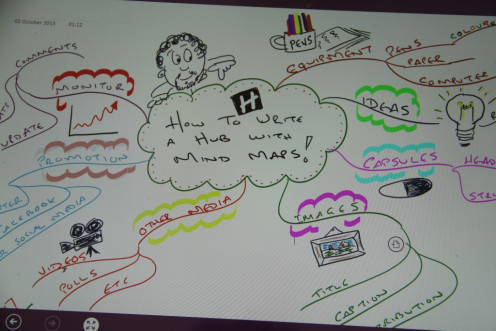
Other Uses
I used Mindmapping on a daily basis in my former professional life to generate and communicate ideas. I also used the technique it to take notes at college and as a revision aid when studying for my law exams. The little illustrations then become so powerful to help memory recall. You can probably still remember the Vicar of Lesbury’s teddy bear from above for example, and I suspect you could have a good stab at recalling what all the major headings of that Mindmap were even without trying to remember them.
I would urge you to give it a go. Drag out all those half-started Hubs and give them a Mindmap makeover or try out the technique on your next Hub- It soon becomes second nature.
Happy mapping !








